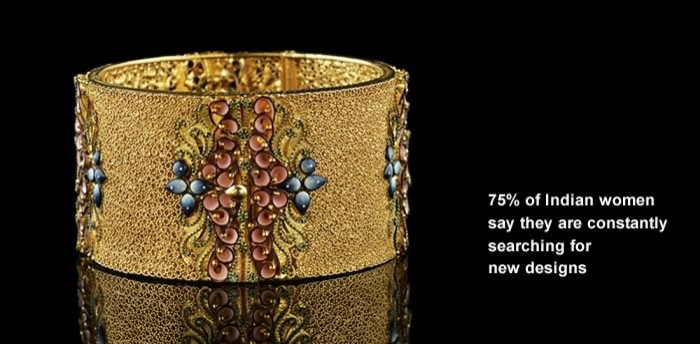Gold Demand Falls To A Two-Year Low; India, China Weigh

The demand for gold fell to its lowest level in two years in the second quarter of 2012, as the price rise along with an economic slowdown has deterred major consumers, India and China, from buying the yellow metal, the World Gold Council said on Thursday.
The global gold demand fell by 7 percent to 990 tons from 1066 tons in the same quarter a year ago, its lowest demand level since the first quarter of 2010. In value terms, the demand for gold remained relatively stable at $51.2 billion compared to the previous year, as the average price of gold has increased 7 percent to $1,609.49 per ounce in the current quarter.
The jewelry and investment demand fell globally by 15 percent to 418.3 tons and 23 percent to 302 tons, respectively, in the quarter under review. However, excluding India and China, the demand in the jewelry sector dropped by only 4 percent and retail investment was up by 16 percent, annually, in the terms of tonnage.
According to the World Gold Council's Gold Demand Trends report, challenging global economic conditions as well as the price of gold reaching a record high in the quarter, have lead to a decline in the demand. The demand for gold in India, the world's largest consumer, fell substantially in the quarter. The investment demand at 56.5 tons was less than half the level in 2011 Q2 and the demand for jewelry was down by 30 percent on an annual basis to 124.8 tons in the same period.
China's investment and jewelry demand stood at 144.9 tons, down 7 percent from 156.6 tons in the same quarter last year. The investment demand fell by 4 percent year-on-year to 51.1 tons.
"Gold's performance reflects the continuing challenging economic climate. A softness in India and China, who between them represent over 45% of the total second quarter jewelry and investment demand accounts for much of the slowing of global gold demand," said Marcus Grubb, Managing Director, Investment at the World Gold Council.
The World Gold Council said that the demand is expected to go up depending on the central banks' investments and a recovery in the Indian market.
"The real wild card is India. It depends how weak the latter part of the year is and/or how much of an improvement we see. It also depends on what happens from a macro perspective between now and the end of the year to catalyze more buying," Grubb said.
However, he indicated that the demand will depend upon a number of domestic micro- and macro-economic factors, ranging from an improvement in the monsoon rains to a stronger rupee. The weak rupee and high inflation have propped up the gold rates in local Indian markets to record heights, deterring investments from rural India which contributes up to 60 percent of the gold jewelry demand in India.
The government of India, which is struggling to control a widening trade deficit, has also increased duties on gold to discourage imports. However, once the festival and wedding season begins in India in September, the World Gold Council expects the demand for gold to increase.
© Copyright IBTimes 2024. All rights reserved.





















